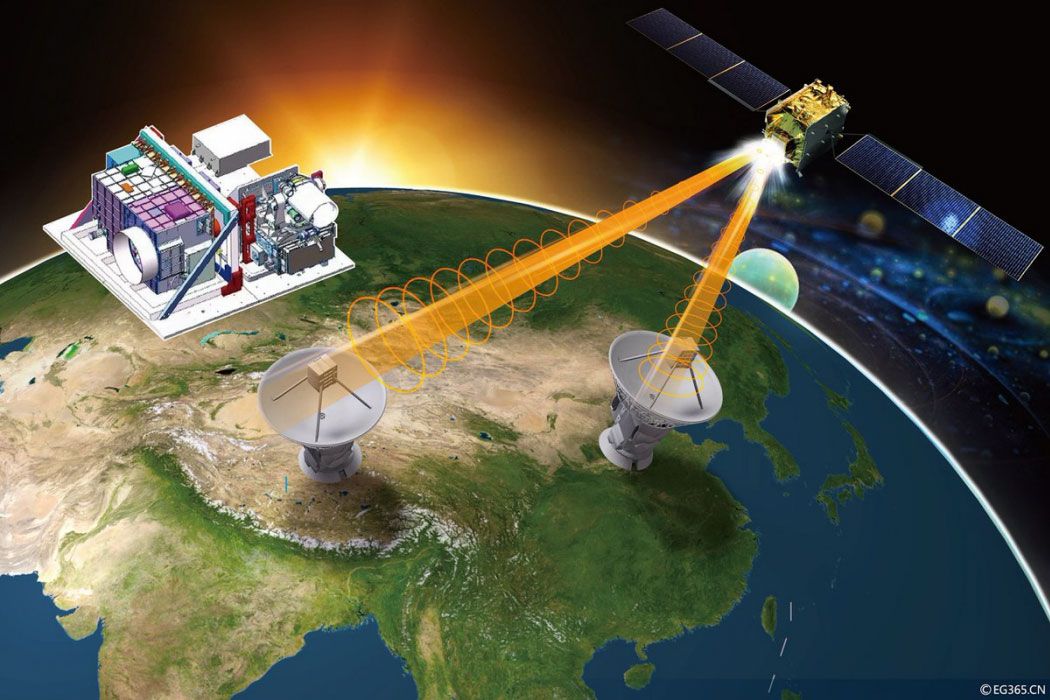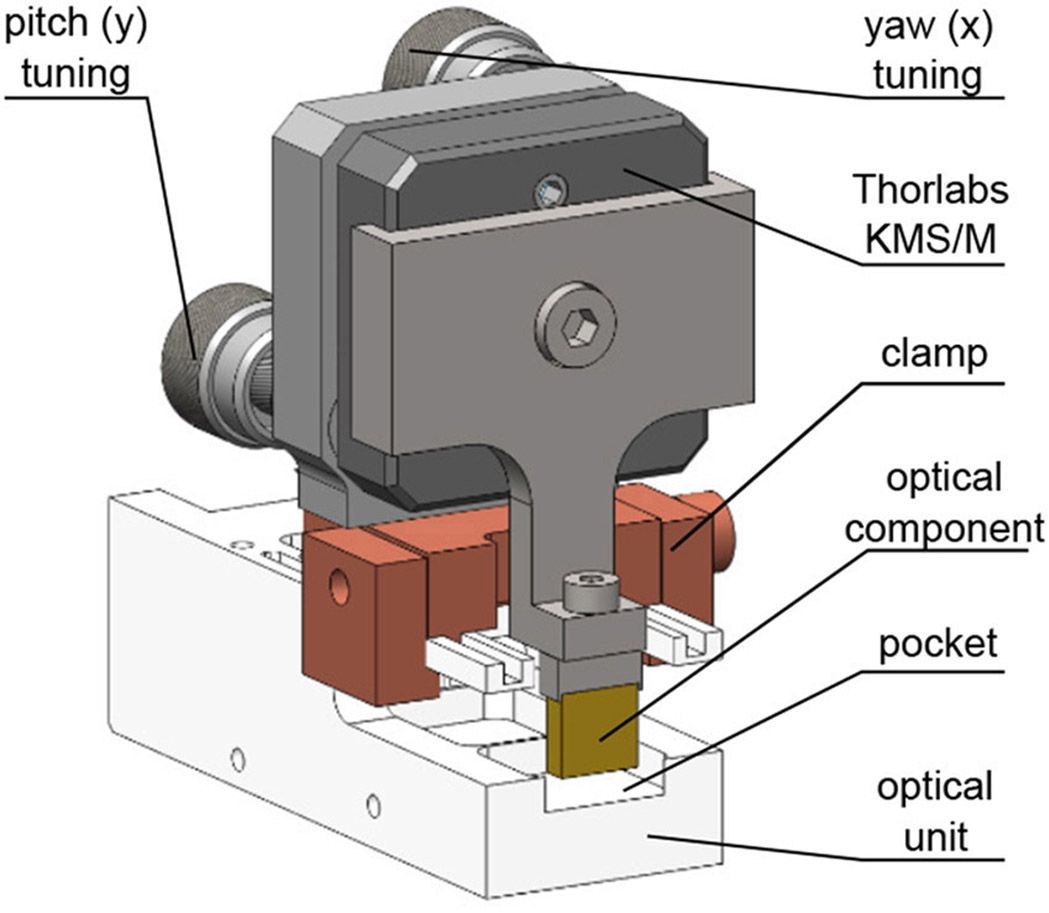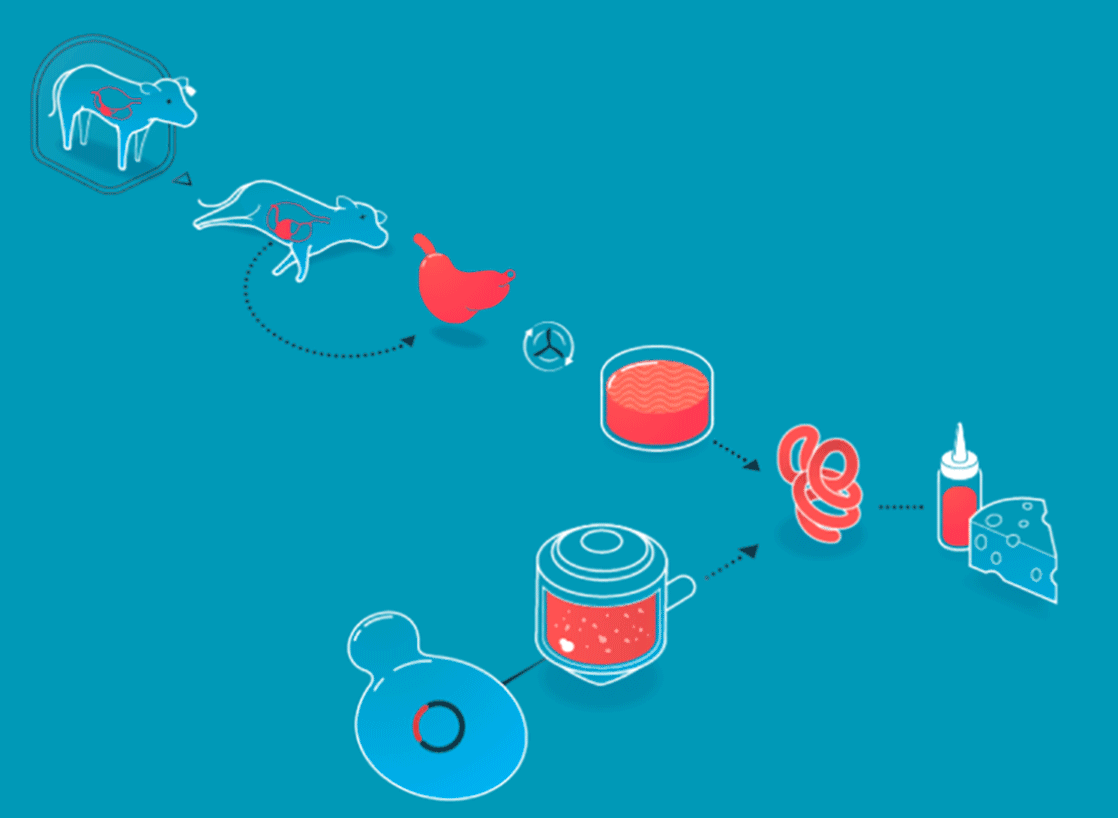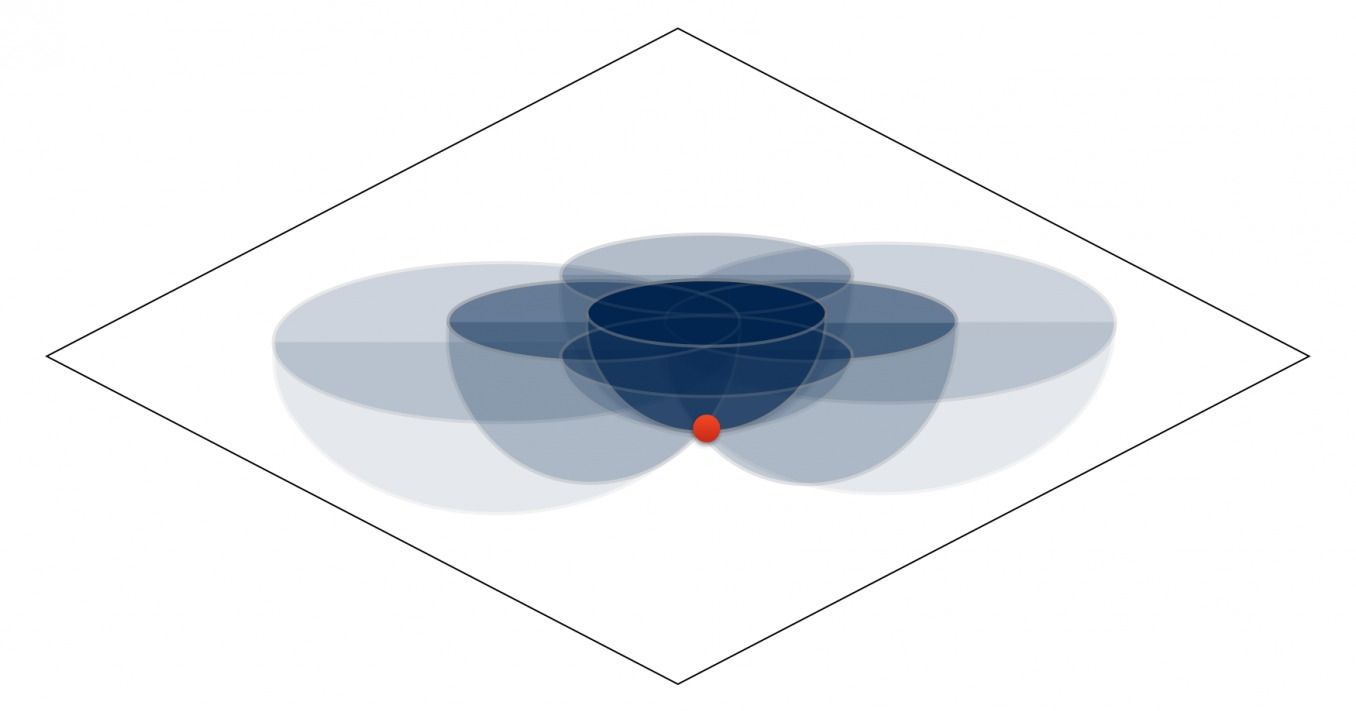Archive for the ‘space’ category: Page 952
Aug 22, 2016
China’s Race to Space Domination: To Try to Gain an Edge Here on Earth, China is Pushing Ahead in Space
Posted by Karen Hurst in categories: energy, engineering, quantum physics, robotics/AI, space
More on China’s race on Space. Last Tuesday, China launched the 1st Quantum Satellite. In 2017, China is planning to be the dominant force in mining of Space. First stop — mining the dark side of the moon. Given China’s own history with environmental pollution plus mining’s damaging effects to the environment when not properly managed; etc. one must ponder how will space and Earth itself be impacted by such mining.
Before this decade is out, humanity will go where it’s never gone before: the far side of the moon. This dark side — forever facing away from us — has long been a mystery. No human-made object has ever touched its surface. The mission will be a marvel of engineering. It will involve a rocket that weighs hundreds of tons (traveling almost 250,000 miles), a robot lander, and an unmanned lunar rover that will use sensors, cameras, and an infrared spectrometer to uncover billion-year-old secrets from the soil. The mission also might scout the moon’s supply of helium-3 — a promising material for fusion energy. And the nation planting its starry flag on this historic trip will be the People’s Republic of China.

Aug 22, 2016
Robust photon-pair source survives rocket explosion
Posted by Karen Hurst in categories: quantum physics, space
Another discovery from a rocket launch.
A sensitive quantum device, designed to operate on a nanosatellite, was recovered from explosion debris and displays no degradation in quality.
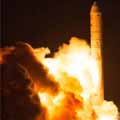
Continue reading “Robust photon-pair source survives rocket explosion” »
Aug 22, 2016
Russia starts designing main superheavy rocket for lunar program
Posted by Karen Hurst in categories: evolution, space

https://youtube.com/watch?v=OP_1uLicGUw
Experts of the state-run corporation Roscosmos started designing a new superheavy rocket on the basis of the “Energia–Buran” program.
The new rocket is said to be built with the use of the existent RD-171 rocket engine. “We do not consider using hydrogen circuits on the first and second stages of this carrier. We intend to take the third stage from the currently-operating Angara rocket,” a representative for the corporation told the Izvestia newspaper.
Continue reading “Russia starts designing main superheavy rocket for lunar program” »
Aug 22, 2016
Yearlong simulation of Mars on Mauna Loa is coming to an end
Posted by Karen Hurst in categories: futurism, space
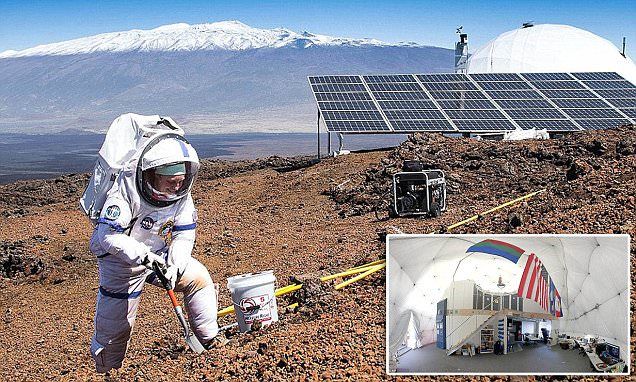
Hmmm; I did know that the early day astronauts did practice the moon walk near one of the volcanoes in Hawaii.
Since August last year, six scientists have been living isolated from the outside world 8,200 feet up a dormant volcano in Hawaii. Confined to a dome 11 metre wide with a living area of about 1,000 square feet, the team is only allowed to venture outside when wearing NASA spacesuits, just like future astronauts on Mars will have to do.
Continue reading “Yearlong simulation of Mars on Mauna Loa is coming to an end” »
Aug 22, 2016
Cellular agriculture: a way to feed tomorrow’s Smart City?
Posted by Karen Hurst in categories: food, space
New way to farming.
Cellular agriculture enables production of animal protein without the need to raise and manage livestock. This is an alternative which could help meet the challenges facing the agricultural sector, given the need to produce more food because of demographic changes and growing urbanisation.
The world’s population is increasing inexorably. According to the United Nations, the planet will play host to 9.7 billion inhabitants by 2050 and and cities and towns will be accommodating the majority of the population. Back in 1960, city dwellers accounted for 34% of the world’s population, but this figure had risen to 54% by 2014 and the number of people living in cities is expected to rise by 2% per year on average until 2030. These two billion extra mouths to feed and the concentration of people in urban areas means that the entire food production and distribution chain will have to be re-thought.
Continue reading “Cellular agriculture: a way to feed tomorrow’s Smart City?” »
Aug 22, 2016
A Robot Army To Build Solar Panels (On The Moon)
Posted by Klaus Baldauf in categories: education, robotics/AI, solar power, space, sustainability
As the global headcount nears 8 billion, our thirst for kilowatts is growing by the minute. How will we keep the lights on without overheating the planet in fossil fuel exhaust? Alternative energy is the obvious choice, but scaling up is hard. It would take an area the size of Nevada covered in solar panels to get enough energy to power the planet, says Justin Lewis-Weber, “and to me, that’s just not feasible.” This past March, Lewis-Weber, a then-high school senior in California, came up with a radical plan: self-replicating solar panels—on the moon.
Here’s the gist: When solar panels are orbiting Earth, they enjoy 24 hours of unfiltered sunshine every day, upping their productivity. Once out there, they could convert that solar radiation into electricity (just as existing solar panels do) and then into microwave beams (using the same principle as your kitchen appliance). Those microwaves then get beamed back to Earth, where receivers convert them back into electricity to power the grid. Simple! Except that Lewis-Weber estimates that building and launching thousands of pounds of solar panels and other equipment into space will be outrageously expensive, in the range of hundreds of trillions of dollars.
Instead, he suggested, why not make them on the moon? Land a single robot on the lunar surface, and then program it to mine raw materials, construct solar panels, and (here’s the fun part) make a copy of itself. The process would repeat until an army of self-replicating lunar robot slaves has churned out thousands of solar panels for its power- hungry masters.
Continue reading “A Robot Army To Build Solar Panels (On The Moon)” »
Aug 19, 2016
How spacetime is built by quantum entanglement
Posted by Shailesh Prasad in categories: mathematics, quantum physics, space
A collaboration of physicists and a mathematician has made a significant step toward unifying general relativity and quantum mechanics by explaining how spacetime emerges from quantum entanglement in a more fundamental theory. The paper announcing the discovery by Hirosi Ooguri, a Principal Investigator at the University of Tokyo’s Kavli IPMU, with Caltech mathematician Matilde Marcolli and graduate students Jennifer Lin and Bogdan Stoica, will be published in Physical Review Letters as an Editors’ Suggestion “for the potential interest in the results presented and on the success of the paper in communicating its message, in particular to readers from other fields.”
Physicists and mathematicians have long sought a Theory of Everything (ToE) that unifies general relativity and quantum mechanics. General relativity explains gravity and large-scale phenomena such as the dynamics of stars and galaxies in the universe, while quantum mechanics explains microscopic phenomena from the subatomic to molecular scales.
The holographic principle is widely regarded as an essential feature of a successful Theory of Everything. The holographic principle states that gravity in a three-dimensional volume can be described by quantum mechanics on a two-dimensional surface surrounding the volume. In particular, the three dimensions of the volume should emerge from the two dimensions of the surface. However, understanding the precise mechanics for the emergence of the volume from the surface has been elusive.
Aug 19, 2016
Progress made in development of quantum memory
Posted by Karen Hurst in categories: computing, quantum physics, space
Since QUESS has been online, China has been able to deliver the 1st set of programmable code, transmit communications back-and-forth from the satellite, and now they have been able to expand the memory capacity up to 100 Qubits. These are pretty big steps since the satellite has been in orbit on Tuesday.
BTW — the 1st 2 events are directly a result of QUESS; the 3rd advancement isn’t the result of QUESS and resulted after QUESS’ launch.
Although Chinese scientists said there is still a long way to go before any ultrapowerful machine can be developed, progress has been made in terms of quantum memory technology, which is a key component to quantum computing and quantum communication.
Continue reading “Progress made in development of quantum memory” »
Aug 19, 2016
How to Succeed in the Asteroid Business Without Really Mining
Posted by Klaus Baldauf in categories: business, finance, space
Asteroid miners need a short-term financial plan that will keep them in business until they can get rich extracting resources from space-rocks.
